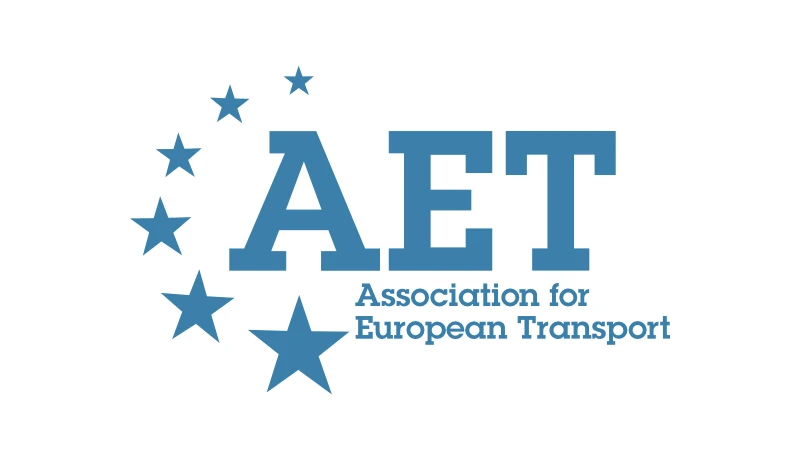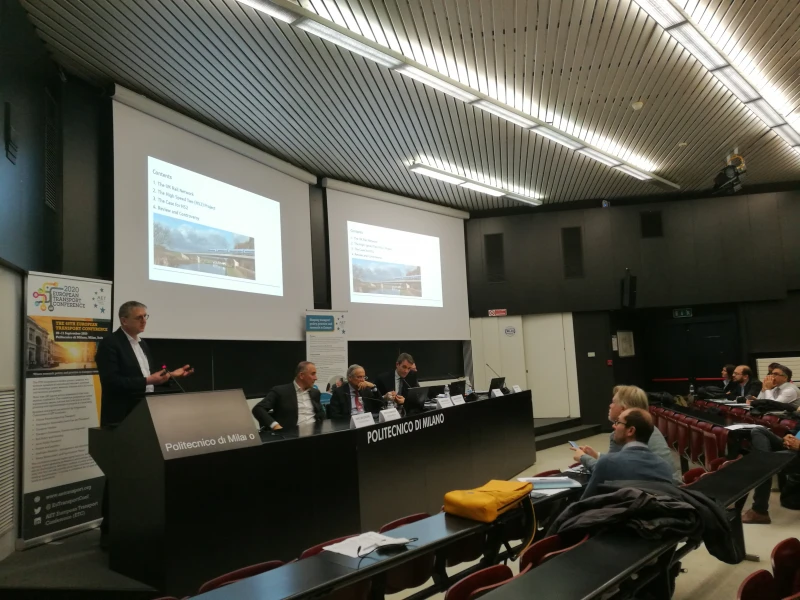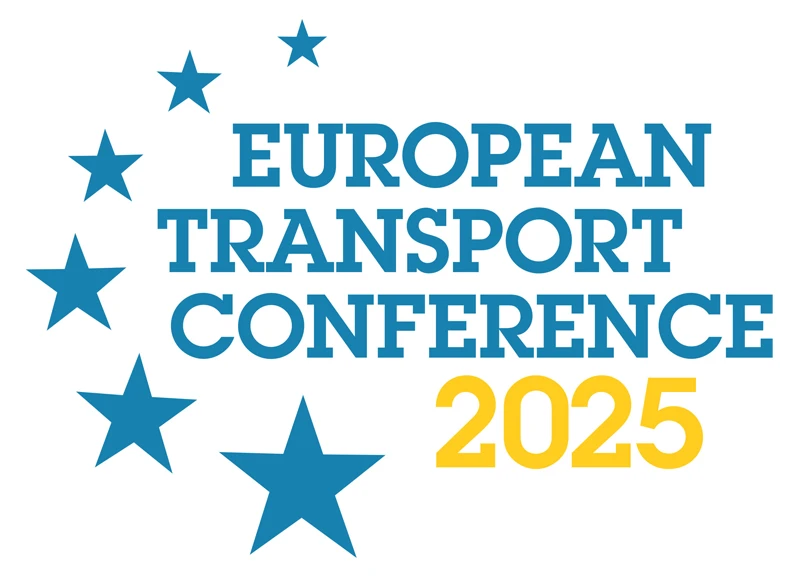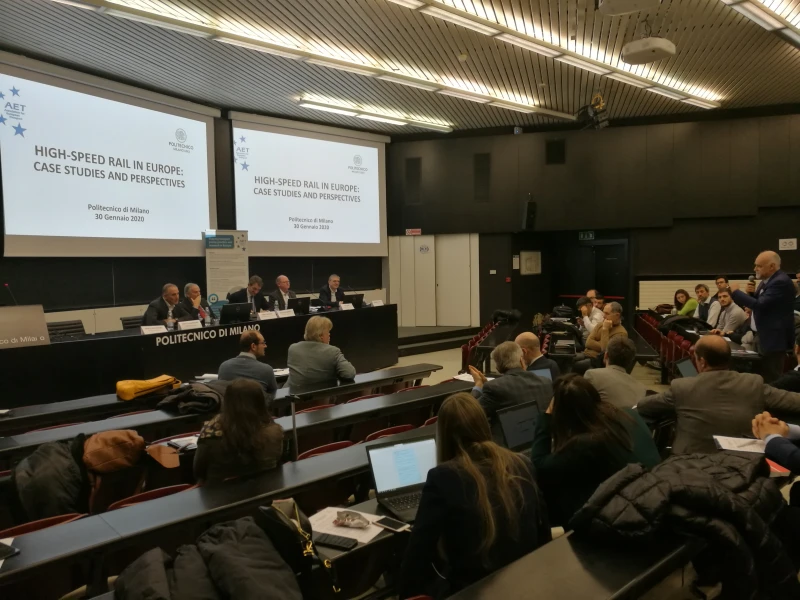-
Past ETC Papers
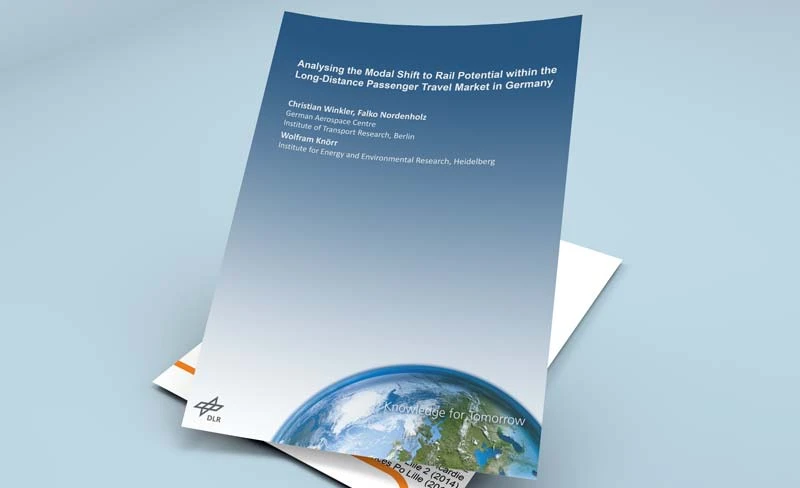
Browse, search and view papers from the past AET Conferences.
-
Members' Area
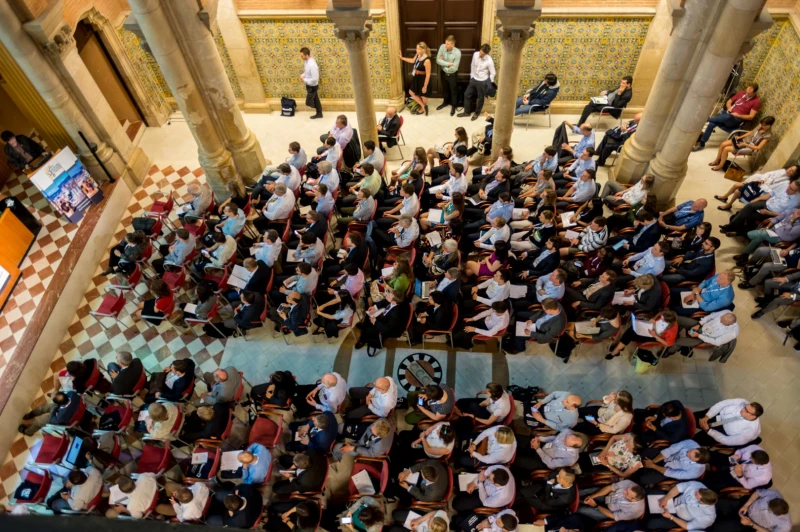
AET promotes networking and exchange of ideas, information and opportunities amongst members.
Conference Papers 2019
Dublin, Ireland
ETC Conference Papers 2019
A practical approach toward implementing Automated Intersection Management
Seminar
Day 2 (10 Oct 2019), Session 6, AV Traffic Management, 14:00 - 15:30
Status
Accepted, awaiting documents
Submitted by / Abstract owner
Tara O'Leary
Authors
James Drinkall
Short abstract
Automated Intersection Management in the future with automated vehicles
Abstract
In the far future of automated and cooperative driving the question rises whether traffic signals at junctions are still necessary. Well-known visions sketch the situation of traffic crossing the intersection in a ‘woven’ manner supported by Autonomous Intersection Management (AIM). From the nowadays green periods, a transition is made towards very adaptive and flexible individual, automated vehicle-bound, occupations of space and time.
Before we reach this far future we will have to find solutions for the reality of a transition phase, in which traffic is partly 'legacy' and/or disconnected and partly 'Cooperative Automated Vehicles' (CAV’s). Legacy traffic is a mix of motorized and vulnerable traffic, like pedestrians and cyclists. This adds to the complexity of mixed traffic in and urban environment and leads to the term of a ‘hybrid intersection’: an intersection where CAV’s, regular motorized vehicles and vulnerable road users compete for capacity.
Looking at simulations of these future junctions, three key concerns arise.
• First, there will be a transition period from the current system towards a traffic system in which all traffic is automated. In this transition period current vehicles will be mixed with ‘cooperative automated Vehicles’ (CAV’s).
• The second concern is the extra complexity of the interrelated space and time reservations. On an intersection with numerous vehicles of multiple brands and types the possibility of a successful continuous group negotiation to organize these interrelated crossings can be expected to be close to zero. Next to that the group of vehicles lacks the (anticipatory) insight on an urban scale to optimize traffic flows starting from a larger distance and the group of vehicles cannot be responsible for assigning priorities based on policy.
• The third concern is for vulnerable road users (VRU’s) like pedestrians and cyclists, they will either have no chance of crossing unless some kind of supervisor claims space and time for them; or they cross anyway expecting the AV’s to stop reducing the efficiency or blocking the traffic flow. It is unlikely that this is acceptable from the local policy viewpoint.
Above concerns come together within traffic management where a public authority is responsible for safe, fast and reliable journeys. This responsibility is translated in policies and priorities for types of traffic.
The shift towards a system in which traffic management and control are autonomous as well as the vehicles, is complex from a functional and technical perspective.
Autonomous Intersection Management
With the future promises of fully automated driving new opportunities arise for managing the traffic on intersections, this is called Autonomous Intersection Management (AIM). Where current signalled intersections are only able to communicate decisions to groups of traffic participants, AIM uses the possibility to do this to individuals. When observing classical intersections and AIM from a distance eventually all comes down to a space time reservation. A group reservation for classical intersections, an individual reservation for automated vehicles.
These individual reservations prove a method to greatly improve the effective capacity of an intersection. They enable very tight safety margins and intersection crossings in a ‘woven’ manner. Optimization methods will make it possible to approach the highest theoretical capacity of an intersection: 100% car coverage of the intersection at the highest speed possible.
Signal Phase and Timing (SPaT)
For an efficient traffic flow at urban intersections, connected and autonomous vehicles require information about scheduled signal state changes. This enables drivers and autonomous vehicles to adopt their approach to the intersections such that the amount of full stops is reduced. This results in an increase of flow and comfort, and in a decrease of delay and pollution.
The Signal Phase and Timing (SPaT) message describes for each lane of the controlled intersection the expected state switches of the traffic light for the near future. Together with the MAP message, describing the topology of the intersection, the SPaT message is transmitted to approaching vehicles. Inside the vehicle the SPaT is translated into time-to-green and/or time-to-red information, informing the driver about the remaining waiting time or green time of the traffic light.
Individual Signal Phase and Timing (iSPaT)
In order to make an AIM there is more detail needed than the SPaT. The iSPaT is possible to calculate the individual Space & Time. The AIM will calculate this based on the received position and heading of the vehicle.
Programme committee
Intelligent Mobility - Management and Operation
Topic
Autonomous vehicles – looking beyond the technology.
Documents:
No documents yet.
Association For
European Transport
Forester House
Doctors Lane
Henley-in-Arden
Warwickshire, UK
B95 5AW
+44 (0) 15 64 793552
VAT number: 710 1866 64
Conference Supporters & Endorsers




Legal Entity
The Association for European Transport is registered as an Association ('vereniging') with the Chamber of Commerce for Haaglanden in The Netherlands under company number 27170096.
Built on Zenario

